Wahoo Elemnt Bolt v2 bike computer - long-term review
More than a year after it was launched, the second generation of Wahoo's small but mighty Elemnt Bolt is still keeping us on the straight and narrow (with the occasional stretch of gravel thrown in for good measure)
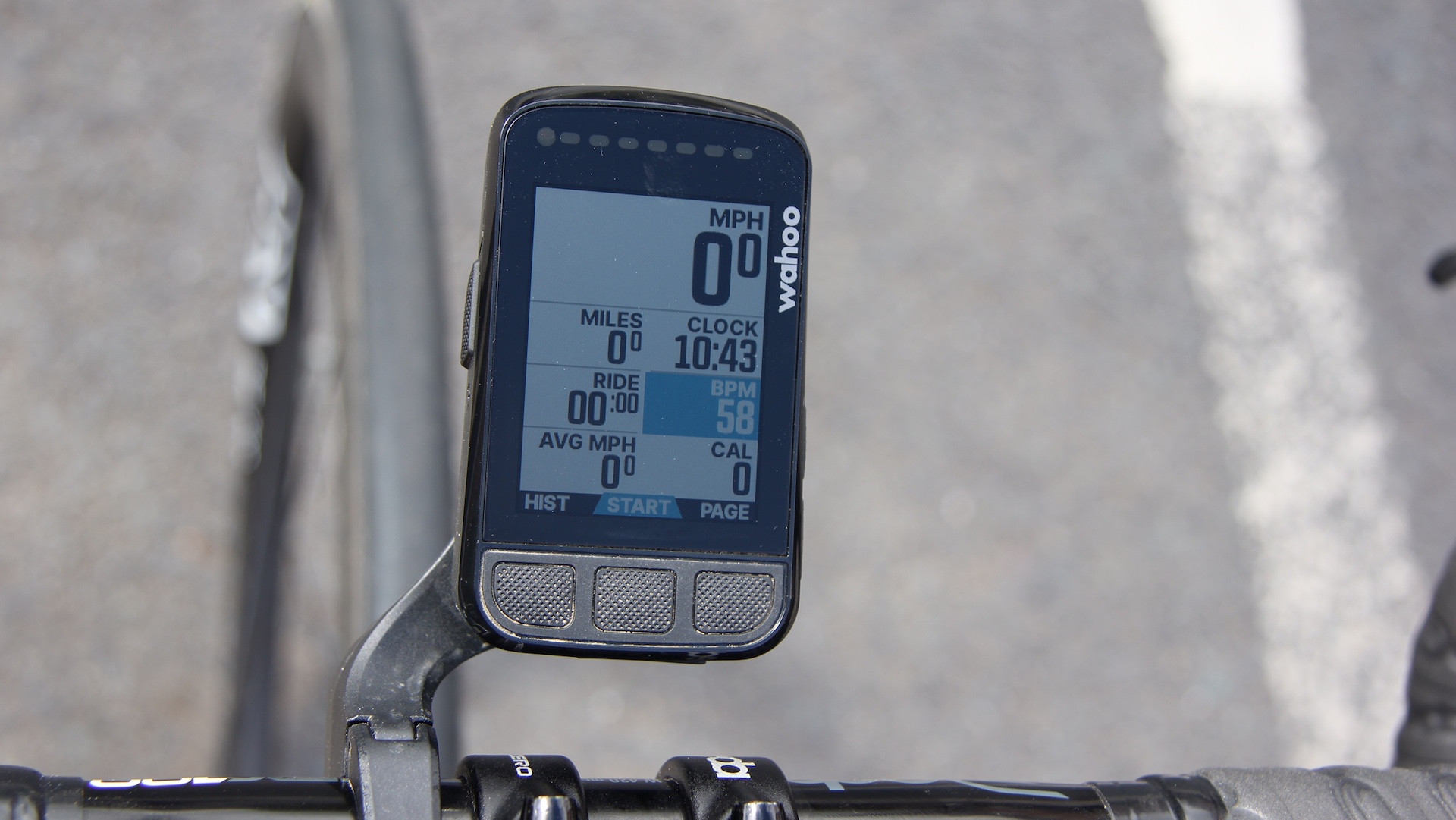
At £264.99/$299.99 the Wahoo Elemnt Bolt v2 is cheaper than its big brother the Roam (RRP £299.99/$379.99) but it’s hard to see how it's inferior, unless you consider a smaller screen and a battery life two hours shorter to be a disadvantage. Although the navigation in our experience isn’t yet perfect, the new Bolt nails everything else. It’s more expensive than the v1 but we’d say the new features and functionality justify the price increase while it keeps the Wahoo user-friendliness and intuitiveness that made the old Bolt so good.
-
+
Simple to use
-
+
Colours used intelligently
-
+
Navigation is very straightforward
-
+
Buttons easier to operate than before
-
+
Runs on the excellent Wahoo Elemnt companion app
-
+
USB-C charging port
-
+
Ambient light sensor is nice to have
-
-
Navigation could be more refined
You can trust Cycling Weekly.

With its small size, aerodynamic design, stripped back functionality and reliable, black-and-white, button-operated screen the original Wahoo Elemnt Bolt bike computer, launched in 2017, was the perfect antidote to the increasingly large, more complex devices that seemed to be heading in the wrong direction despite their sophisticated mapping capabilities.
The Bolt v2 is much more powerful than its predecessor, and indeed than the flagship Wahoo Elemnt Roam. It has four times the amount of memory of the original Bolt with its 16GB, a 64-colour screen, smart navigation, a bigger battery that has added a few grams (less than 10g) and a whole raft of extra features that have trickled down from the Roam including the ambient light sensor.
But has the new Bolt complicated things, perhaps lost the simplicity of the original?
Wahoo Elemnt Bolt v2: setup
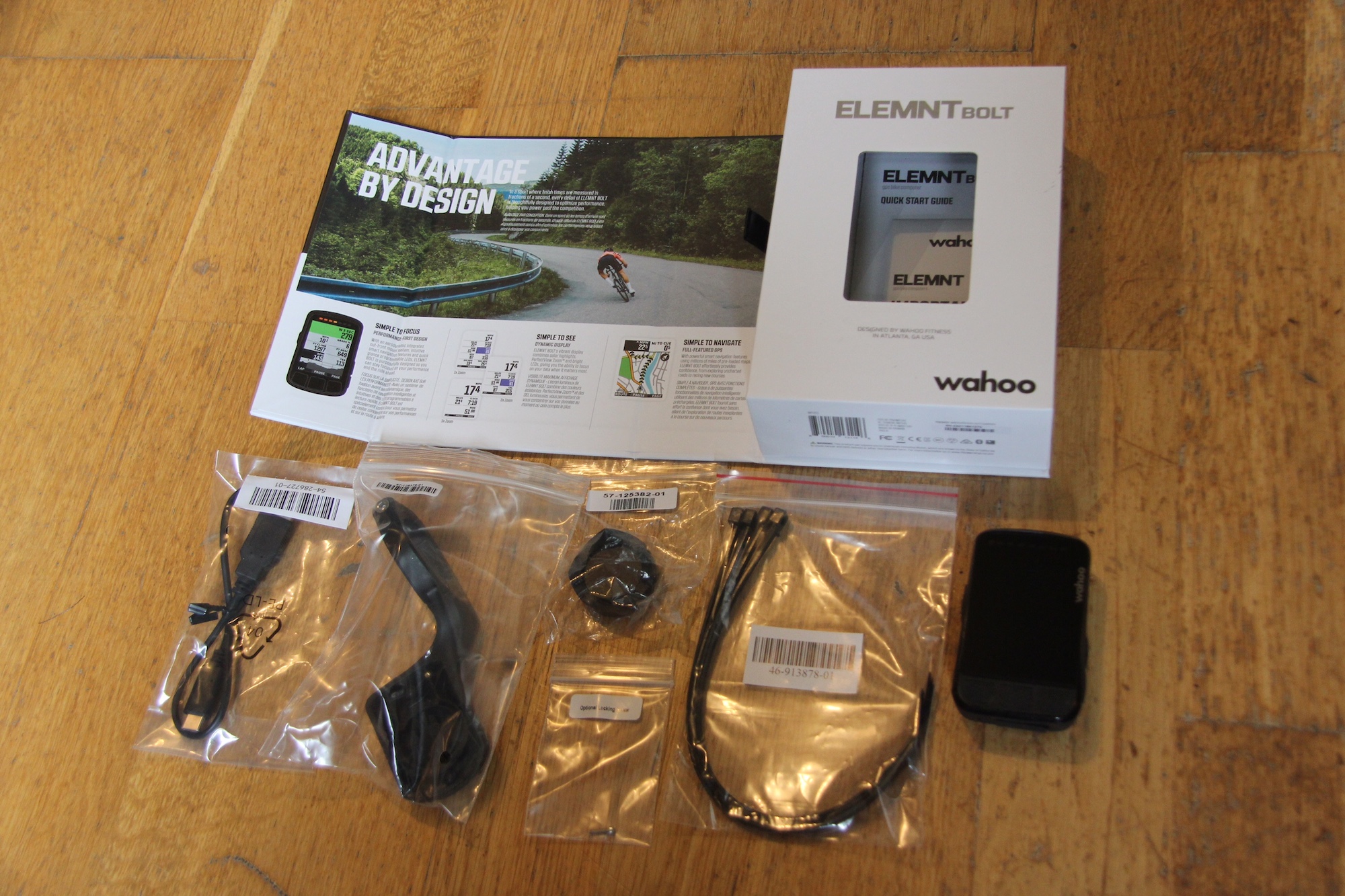
Well, it hasn’t lost any of Wahoo’s fêted simplicity of setup. Basically, once you’ve downloaded the Wahoo companion app you power on the device, scan a QR code, follow the instructions on the app that ask you to input your WiFi password, authorise third-party apps and so on, and you’re ready to ride. Simplicity itself.
Later you can set up your data fields so that when you use the PerfectView zoom, which is still a feature of the new Bolt as it was the original one, the Roam and the Elemnt Rival watch, you’re zooming in on the ones you want to see. All the customisation is done in the app, as before.
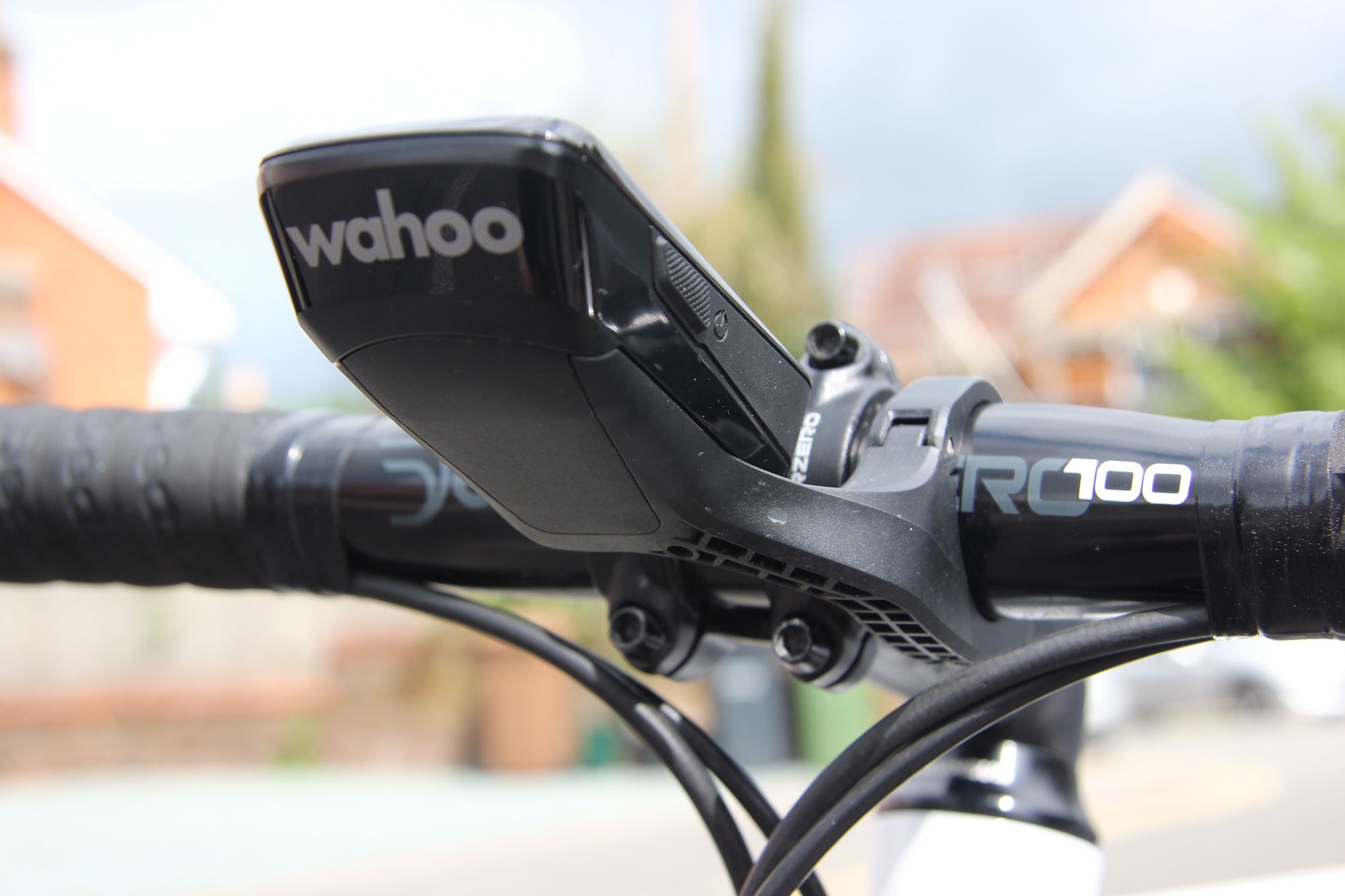
There's a 31.8mm out-front mount in the box, which integrates very neatly with the device, but the stem mount uses zip-ties rather than rubber bands, which is a shame if you're using an older bike that doesn't suit the out-front, aero aesthetic and don't want the stem mount permanently fixed there.
Look and feel
The new Bolt feels more refined. The new screen is almost phone like - though to be clear it's not a touchscreen - whereas the old model had more of a Gameboy Advance look and feel.
The latest race content, interviews, features, reviews and expert buying guides, direct to your inbox!
The screen is 2.2in compared to the Roam’s 2.7in but everything else, including the black casing and the logo placement makes Wahoo’s range very unified-looking indeed.
Something that Wahoo has changed, however, is the three buttons below the screen. The old Bolt and the Roam’s buttons are concave, and not always easy to operate with long-finger gloves. The new Bolt has convex buttons that feel much more tactile, with the ‘switch’ feeling coming earlier and with less force required than before.
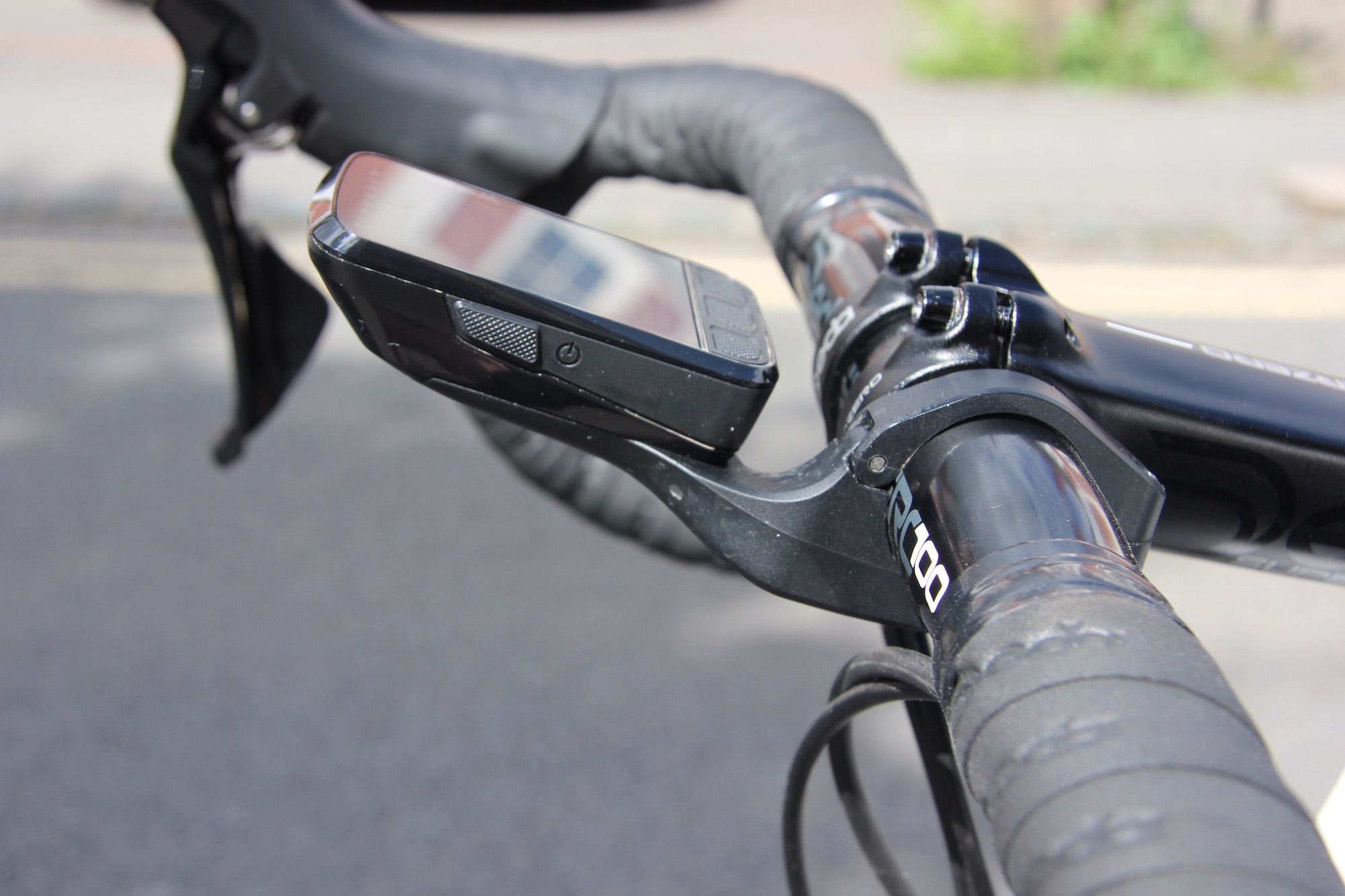
As for the colour screen, Wahoo hasn’t gone overboard. Although there are 64 colours compared to the Roam’s eight and the old Bolt’s zero, it’s still a muted rather than psychedelic display, just like that of the Roam.
Wahoo has also reworked the fonts. There are lower-case instructions in a very plain sans-serif font. It’s guiding you, not shouting at you.
I personally find the row of customisable LEDs not particularly useful but they are a Wahoo signature feature and are included here along the top of the screen for you to take or leave.

Navigation and mapping
The Bolt’s new mapping has new features - which are familiar to Roam users - such as rerouting, retracing, routing to a new location on device. It will also - as you’d expect with its new functionality - take you to the start of a route.
I rode with Strava routes that I ‘starred’ so that they would sync with the Bolt. I also created my own on Strava. And I’ve used the ‘take me to’ feature that works just like a car sat-nav - you can do this via the app (preferable) or on the Bolt itself.
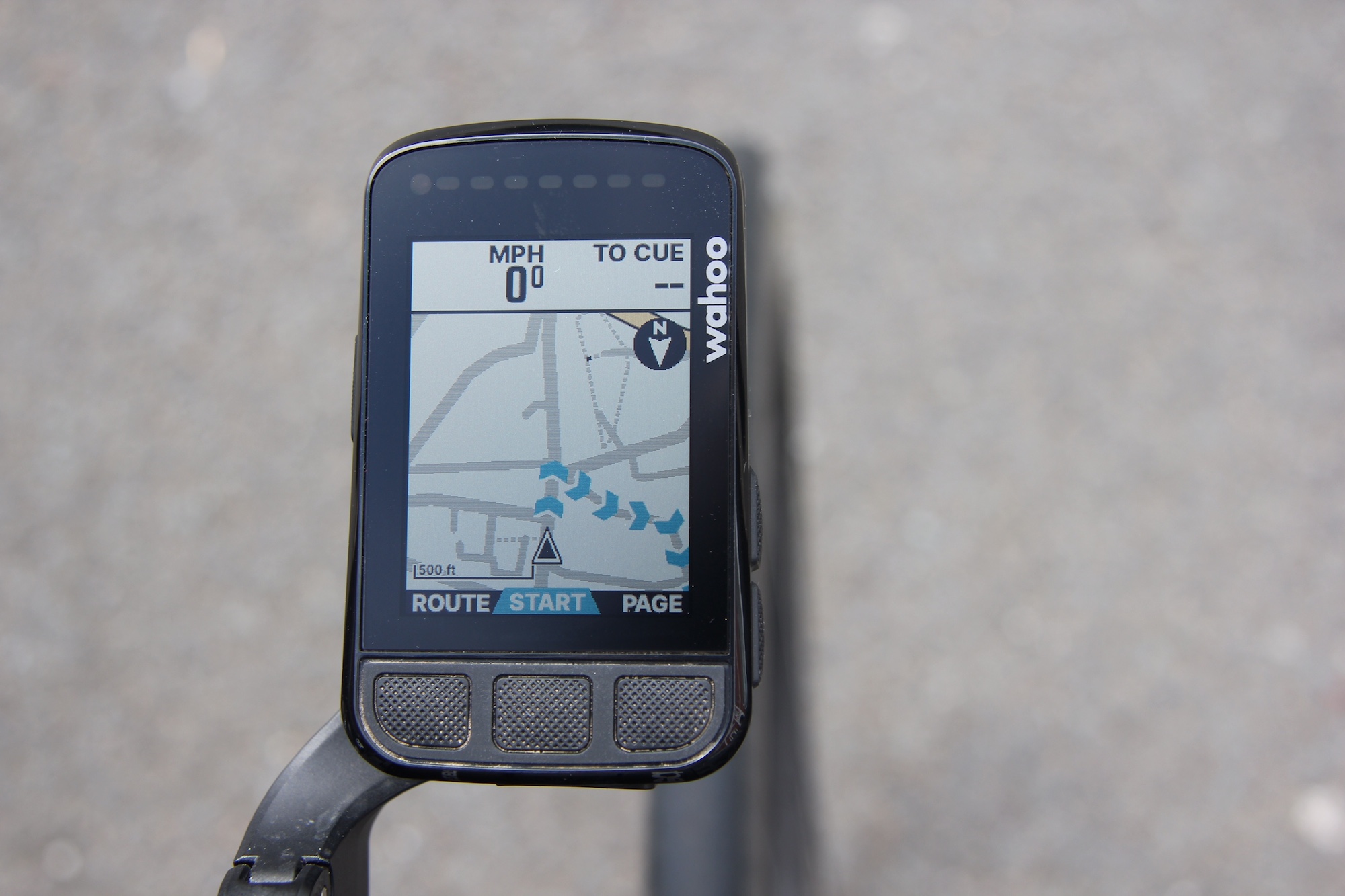
You can ride with your main data in front of you and whenever a turn is approaching, the cue appears in a green band and there are audible alerts (bleeps) too. I found it very easy to follow - in fact much clearer than the Roam’s navigation of a Strava route.
Or following the black chevrons on the navigation page itself is incredibly easy. If you go wrong you know it pretty quickly with R2D2-like bleeps and red flashes from the LEDs to admonish you.
The only quirk I - and CW reviewer Tom Epton, who has also been using the Bolt - have discovered is that there appears to be a possibility of your being routing onto gravel even when you’ve selected ‘road’ as your preferred surface, especially if you’ve gone off route and the unit wants to reroute you as quickly as possible.
Both of us also found that your position on the screen can appear slightly behind your actual location, especially at speed. At normal cycling speeds this isn’t an issue but on a descent it’s more noticeable.
The Bolt’s mapping coverage is huge - thanks to its 16GB memory. I also used it in Majorca without having to download anything extra. Wahoo says millions of miles are covered.
My test unit’s pre-loaded maps (a decent chunk of Europe and the USA) left 2.07GB of space for more, and you can delete and add maps as required.
Although the screen is pretty small I found it was still possible to identify and head for alternative and quieter roads on the fly - a little cami instead of the main drag in Majorca, for example - and then navigate without a pre-planned route. There’s just enough space on the screen to stay orientated but it does involve a bit of squinting once you've zoomed out to view a sizeable enough area.
I haven't experienced GPS drift with the Bolt - the red trace is so accurate that it's possible to see which side of the road you've ridden on even with a pretty narrow lane. There's been the very occasional quirk, where the trace inexplicably goes as the crow flies for a short distance, but I can't think of any GPS device I've used where this has never happened.
Sensors
As for sensors, I’ve used a Polar H10 heart rate monitor and Wahoo’s own Tickr when the Polar developed a battery drain. As you’d expect it can connect via ANT+ or Bluetooth Smart and also WiFi for syncing.
For my Colnago C68 v Colnago Master Olympic video that’s on our YouTube channel we used the Elemnt Bolt and a set of Wahoo Powrlink Zero power meter pedals, which it ‘saw’ every time they were used and which I've used with it regularly since. But, as I mentioned, it will pair with any ANT+ or Bluetooth device.
In short, I’ve had no problem at all pairing it with any sensors and syncing rides with Strava via WiFi happens in the background and is totally reliable.
Other features
The ambient light sensor works exactly like the Roam’s - it’s very sensitive to light changes and, as with the Roam, I am happy to keep it on ‘auto’ without worrying about battery drain.
There are many other ride features that the Wahoo Elemnt Bolt offers and I won’t go into them all here, but they include structured workouts, Multisport Handover (for triathletes using the Elemnt Rival watch), Strava Live Segments, smart notifications including from WhatsApp (very useful) and Specialized ANGI integration.
Wahoo has recently added the Elemnt Summit Climbing Feature, which is its version of Garmin’s ClimbPro. This adds colour coding to the various upcoming gradients (green for 0-3.9% and dark red for 20%+ and allows you to see how much climbing remains on your route that you've synced (or added via 'take me to'). If you zoom out, you can view the elevation profile of your whole route or zoom in and look at the climb you're on in detail.
Charging and battery life
Wahoo claims 15 hours of runtime and that seems pretty accurate. It’s not the greatest battery life and is a bit shorter than the Roam’s 17 hours, but charging is quick at under two hours with the USB-C, which can carry more power (plus the connector can go in either way up).
I do find myself plugging it in and charging it after every longish ride just to be safe, whereas the best smartwatches for cycling can go for days and of course Garmin's latest 1040 Solar claims 100 hours.
Value and conclusion
With its functionality and price increase from the £184.99 of the Bolt v1 to £249.99 at launch and now £264.99, Wahoo is positioning the Bolt to go up against the Garmin Edge 530 rather than the Garmin Edge 130 Plus.
As for its position in the Wahoo range, it’s still cheaper than the Roam at the latter's full RRP of £299.99/$379.99 (though it's currently on sale from many retailers including direct from Wahoo) but it’s hard to see how it’s inferior, unless you consider a smaller screen to be a disadvantage and a battery life two hours shorter.
Although the navigation in our experience isn’t yet perfect, the new Bolt nails everything else. It’s more expensive but we’d say the new features and functionality justify the price increase while it keeps the Wahoo user-friendliness and intuitiveness that made the old Bolt so good.
Specifications
- Unit Dimensions 3.05" x 1.86" x .84"
- Display Size 2.2 in / (55.9 mm)
- Display Type 64 - Color
- Display Resolution 320x240
- Weight 2.4oz (68 grams)
- Battery Rechargable Lithium Ion
- Battery Life 15 Hours
- GPS Functionality Built-in
- Supported Satellites GPS, GLONASS, BEIDOU Galileo, and QZSS
- Water Rating IPX7 (Waterproof up to 5 ft)
- Mount Types Integrated out front and Stem
- Altimeter Yes
- LED Lights 1 row customizable
- Perfect View Zoom Buttons Yes
- Ambient Light Sensor Yes
- Operating Temperature -20°C to 50°C
Simon Smythe is a hugely experienced cycling tech writer, who has been writing for Cycling Weekly since 2003. Until recently he was our senior tech writer. In his cycling career Simon has mostly focused on time trialling with a national medal, a few open wins and his club's 30-mile record in his palmares. These days he spends most of his time testing road bikes, or on a tandem doing the school run with his younger son.
